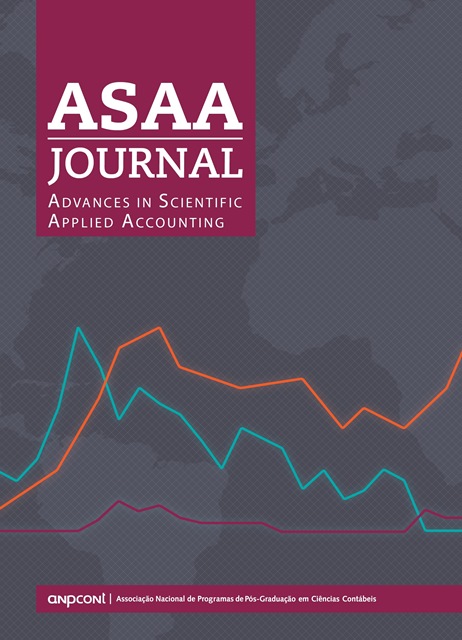THE DARK SIDE OF POWER: THE DARK TRIAD IN OPPORTUNISTIC DECISION-MAKING
Keywords:
Dark Triad. Opportunistic Decision-making. AccountingAbstract
This study promotes an analysis of the influence of personality traits of the Dark Triad in the process of opportunistic decision-making. The Dark Triad is a constellation that includes three non-pathological personality traits: Narcissism, Psychopathy and Machiavellianism. The triad, although conceptually distinct, has empirically externalized overlapping features in individuals by the tendency for self-promoting behavior, emotional coldness, duplicity, aggression and socially evil character. Considering that personality traits have significant implications with regard to judgment and opportunistic decision-making, this research aims at the effective dialogue of ideas proposed here. The theoretical empirical study was elected via a self-report questionnaire, applied with 131 MBA students. Through the descriptive statistics, factor analysis, correlations and the one-way ANOVA methods, we find that there is significant relationship between the high traits of the Dark Triad and the opportunistic decision-making, and the existence of a difference between levels (low, moderate and high) of the Dark Triad in opportunistic decision-making. Considering the presented results, this study achieved the desired goal, validated the elaborated assumptions and drew the attention of the scientific community to the potential of the Dark Triad in the business field, especially by observing the behavior of managers in the work environment. We highlight the importance of this research in the national context, since most studies, which address this theme, developed individualized investigations with the personality traits that make up the constellation Dark Triad.
Downloads
Downloads
Published
How to Cite
Issue
Section
License
Copyright for articles published in the ASAA Journal is held by the author, with first publication rights to the journal. By virtue of appearing in this publicly accessible journal, the articles are free to use, with their own attributions, in educational and non-commercial applications. The ASAA Journal will allow the use of published works for non-commercial purposes, including the right to submit the work to publicly accessible databases. Published articles are the authors' full and exclusive responsibility. There are no submission/publishing charges or fees for processing articles (APC).


























